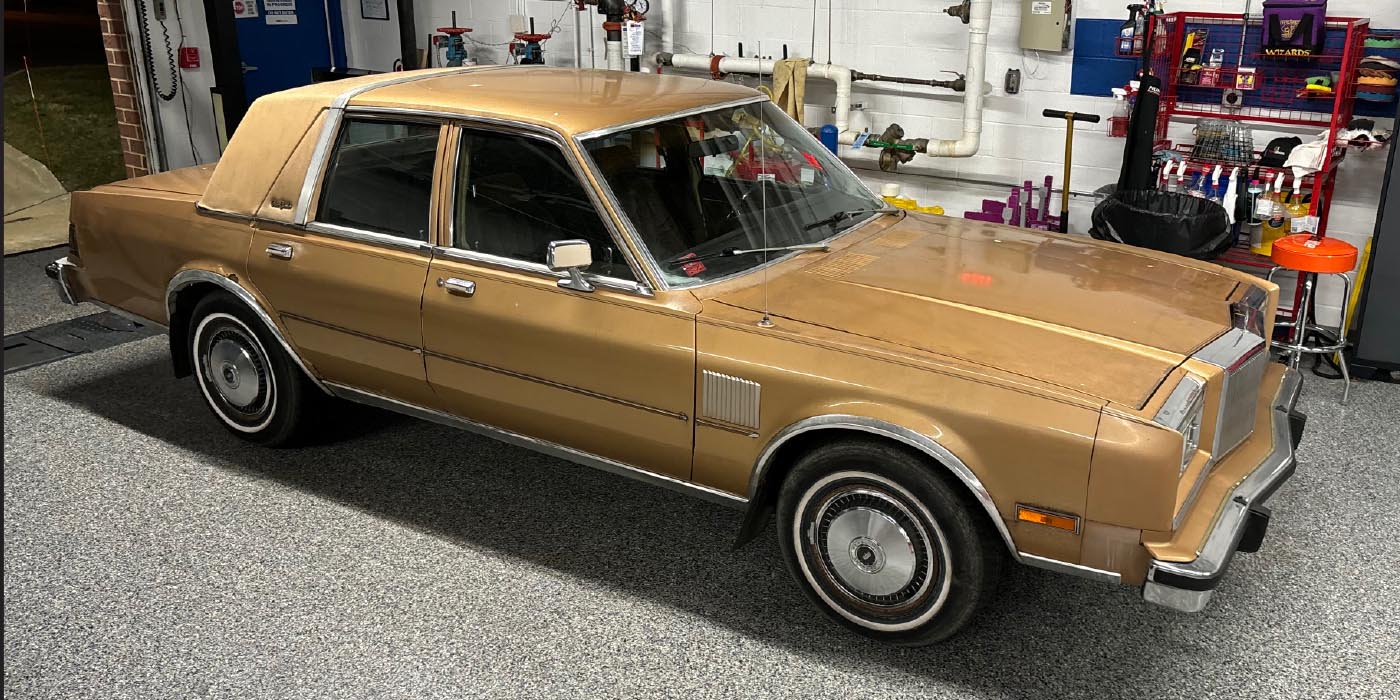AACF Launches 65th Anniversary Fundraising Initiative
The campaign aims to raise $65,000 through 1,000 donations of $65 each.
The Automotive Aftermarket Charitable Foundation (AACF) announced the launch of its 65th-anniversary fundraising initiative. Running through July 1, 2024, the campaign aims to raise $65,000 through 1,000 donations of $65 each. This impactful effort highlights the industry's commitment to taking care of its own, the AACF said. From sudden illness and death to natural disasters, the foundation has provided assistance to industry professionals and their families during their darkest hours. As AACF celebrates its 65th year of service, it remains steadfast in its mission to provide financial support and resources to those in the automotive aftermarket industry in need, the organization said. In honor of this milestone, AACF is calling upon automotive aftermarket industry professionals, as well as compassionate individuals eager to lend a helping hand, to join forces in raising $65,000. By making a symbolic donation of $65, supporters can contribute to a fund that offer vital assistance during a time of greatest need. "Over the past 65 years, AACF has remained unwavering in its commitment to supporting members of the automotive aftermarket community during their most challenging moments," said Joel Ayres, AACF executive director. "As we embark on this historic fundraising initiative, we are inspired by the generosity and compassion of our supporters. Together, we can make a profound difference in the lives of those facing adversity, demonstrating the industry's unwavering dedication to taking care of its own."
Standard Motor Products Announces 123 New Numbers
The release provides new coverage in 53 distinct product categories and 47 part numbers for 2023 and 2024 model-year vehicles.
BendPak Founder Don Henthorn Passes Away
Grew company from small machine shop to global leader in car lifts and garage equipment.
ASE Practice Tests Available Online
You can get a good idea of what to expect by adding the official ASE practice tests to their study plans.
AACF Celebrates 65 Years Serving the Aftermarket
AACF will be announcing more details about this commemorative fundraiser April 1st.
Other Posts
Were things better when they were simpler? Probably not.
Last month, Andrew Markel purchased a 1982 Chrysler New Yorker for $1,500.

AI Hallucinations
There are three things to look for when trying to determine if AI has created an image:

Auto Care Association Launches REPAIR Act Video
The goal is to emphasize the need for federal REPAIR Act legislation, according to the Auto Care Association.
Valvoline Celebrates Female Service Center Employees
Valvoline is launching a social media campaign led by its female experts who are sharing automotive preventive maintenance tips to promote accessible vehicle care for all.
